Structural work is done! After the foundation stone was laid in November, yesterday, 13 June, GFZ celebrated the roofing ceremony for the new 'GeoBioLab' in the presence of the architect Katja Döpke and GFZ board of trustees chairman a.D. and former Department Head at the Federal Ministry of Education and Research Karl Eugen Hutmacher.
The craftsmen inaugurated the modern flat roof building with a traditional ceremony in front of a symbolic roof truss. The building is planned to be completed in the coming year and ready for occupancy in 2021. On 450 square meters of floor space, 50 employees are to be accommodated. A modern server room with high-performance computers will also be set up.
The main users of the building will be the two GFZ sections Geomicrobiology, headed by Dirk Wagner, and Interface Geochemistry, headed by Liane G. Benning. The new laboratories will primarily be used to investigate microorganisms that have adapted to life under extreme conditions - from a human perspective.
In his opening speech, Reinhard Hüttl, Scientific Director of GFZ, said: "The current debate on climate change shows just how important the work in the GeoBioLab, the ‚Helmholtz Laboratory for Integrated Geoscientific-Biological Research‘, will be. Thawing permafrost releases methane, causing drastic environmental change for soil microorganisms, which in turn affects climate. Or take snow algae: In a way, they create their own ecosystem by darkening the surface of the ice and snow, thus reducing the reflection of sunlight".
It was only about 20 years ago that science began to explore the enormous dimensions of microbial life on Earth in more detail. According to Dirk Wagner, it is assumed today that the biomass of microorganisms in the uppermost three kilometres of the Earth's crust corresponds approximately to the total biomass on the Earth's surface. In the future, the new laboratory will contribute to a better understanding of the significance of this "extreme life" for our planet. (ak)


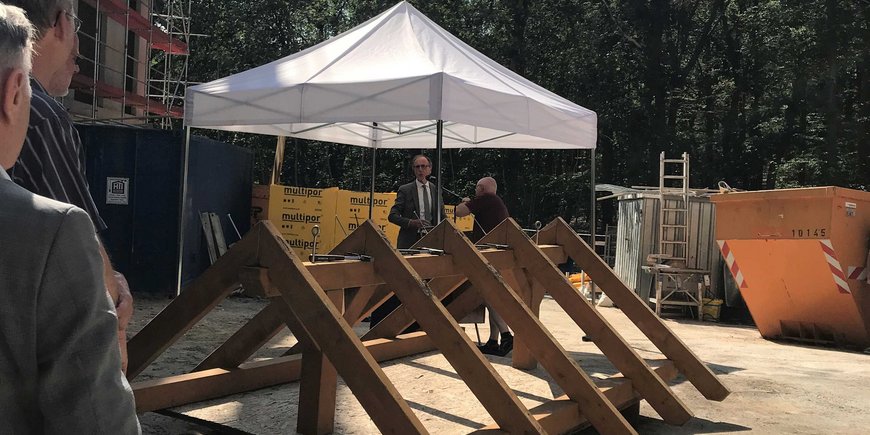
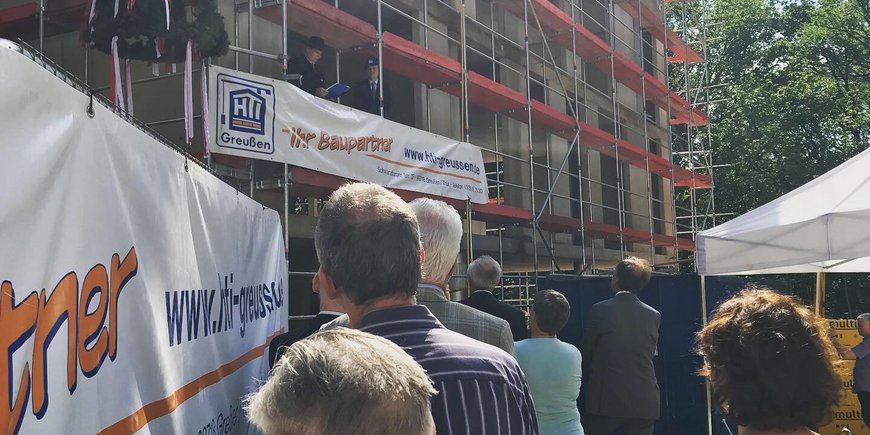
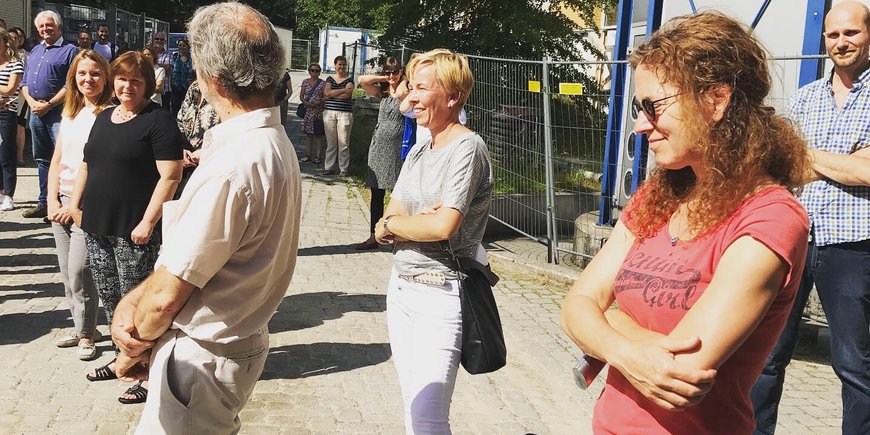
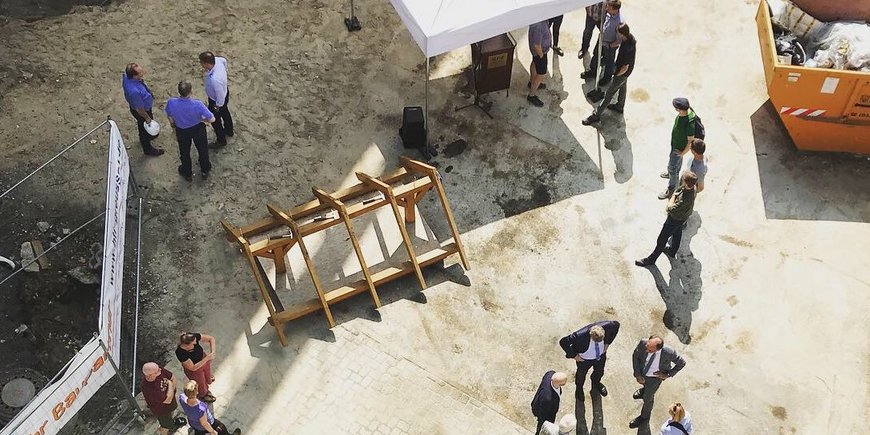
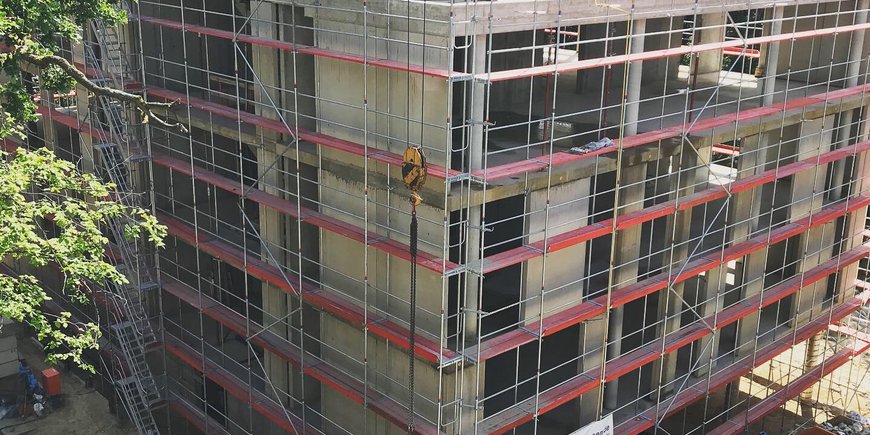
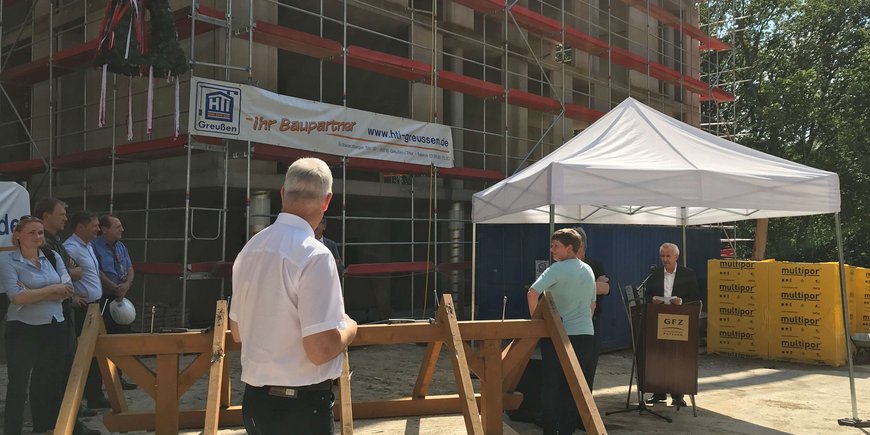





![[Translate to English:] Torsten Sachs in front of a climate station on a field](/fileadmin/_processed_/3/9/csm__TorstenSachs_bearbeitet_GS_4a1365ef84.jpeg)

![[Translate to English:] left image flood at the Ahrtal: image from above, several houses are flooded; left image:: Heidi Kreibich;](/fileadmin/_processed_/4/4/csm_Bild2_9af0130e9f.png)



![[Translate to English:] Start der Vega Rakete](/fileadmin/_processed_/6/4/csm_20231201-kachel_Vega-VV23-launch_ESA-CNES-Arianespace_706716b68c.jpeg)









![[Translate to English:] Poster exhibition at the Brandenburg Hydrogen Day at the GFZ, some participants in the foreground](/fileadmin/_processed_/6/5/csm_Erster_Brandenburgischer_Wasserstofftag_GFZ_402fcec95e.jpeg)
![[Translate to English:] Group picture of the participants](/fileadmin/_processed_/9/4/csm_20231108_CAWa-Workshop-Tashkent_Gruppenbild_99ea779d8a.jpeg)

![[Translate to English:] [Translate to English:] Hörsaal](/fileadmin/_processed_/e/6/csm_H%C3%B6rsal_e21ac645fb.jpeg)


![[Translate to English:] The Delegations in the Historic Library on the Telegrafenberg. In the back there are from left to right, the Dutch Ambassador for Germany, Ronald van Roeden, the Dutch Minister for Education, Culture and Science, Robbert Dijkgraaf and the scientific director of the GFZ, Susanne Buiter.](/fileadmin/_processed_/d/b/csm_Kachel-2_9eba4b4212.jpeg)

